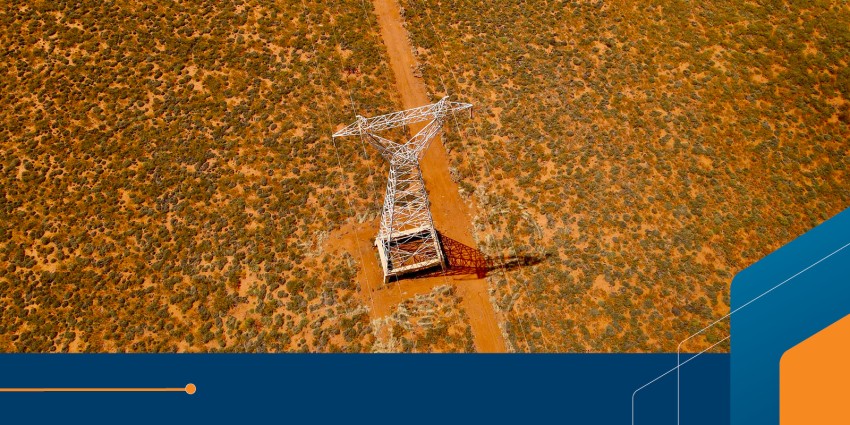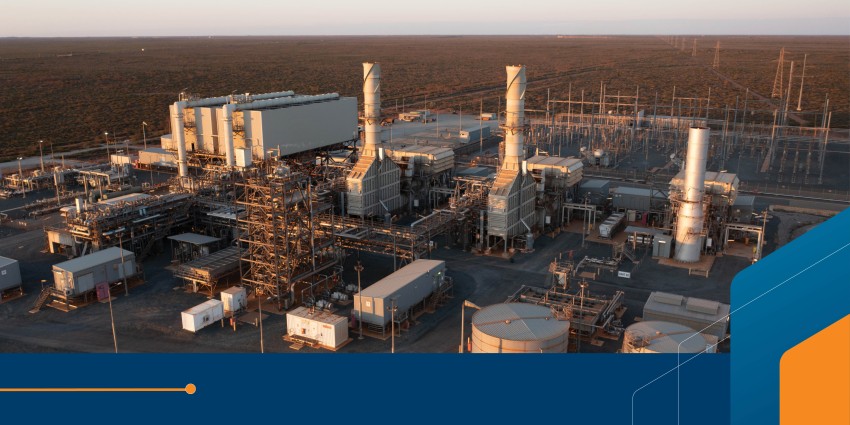The State Government has committed to a target of Net Zero carbon emissions by 2050. The Pilbara Energy Transition is a vital step in reaching this target to help address the impacts of climate change. The transition involves replacing more emissions intensive forms of electricity generation such as that using diesel and natural gas, with low-emission, renewable energy.
Working together
The focus of the Pilbara Energy Transition (PET) Plan is to accelerate decarbonisation by facilitating more common-use transmission infrastructure in the Pilbara and unlocking the best renewable resources in the region. The plan emphasises collaboration between Traditional Owners, industry and the State Government.
The Pilbara’s importance extends far beyond its economic value. The region is a globally unique environment, full of delicate natural wonders. Its landscape also hosts one of the largest, most ancient and diverse collections of rock art in the world, along with many sites of great cultural and spiritual significance. There are 32 Native Title holders across the Pilbara Energy Transition Plan footprint, each with a deep connection to Country and important perspectives and opportunities in the shift to renewable energy.
Decarbonising the Pilbara is a challenge of unprecedented scale and tackling it will only be possible with the participation of industry. Implementation of the Pilbara Energy Transition will enhance the reliable and secure supply of energy to the region, ensuring the future of key industries like mining and mineral processing, while also creating opportunities for new green industries. This transition is not just about decarbonising - it is also about future proofing the Pilbara, ensuring the region continues to prosper.
The reinvigorated Pilbara Roundtable brings together Traditional Owners, industry and State Government stakeholders to share knowledge, exchange ideas and explore new collaborations. The Roundtable is implementing the PET Plan and driving the energy transition in the Pilbara.












